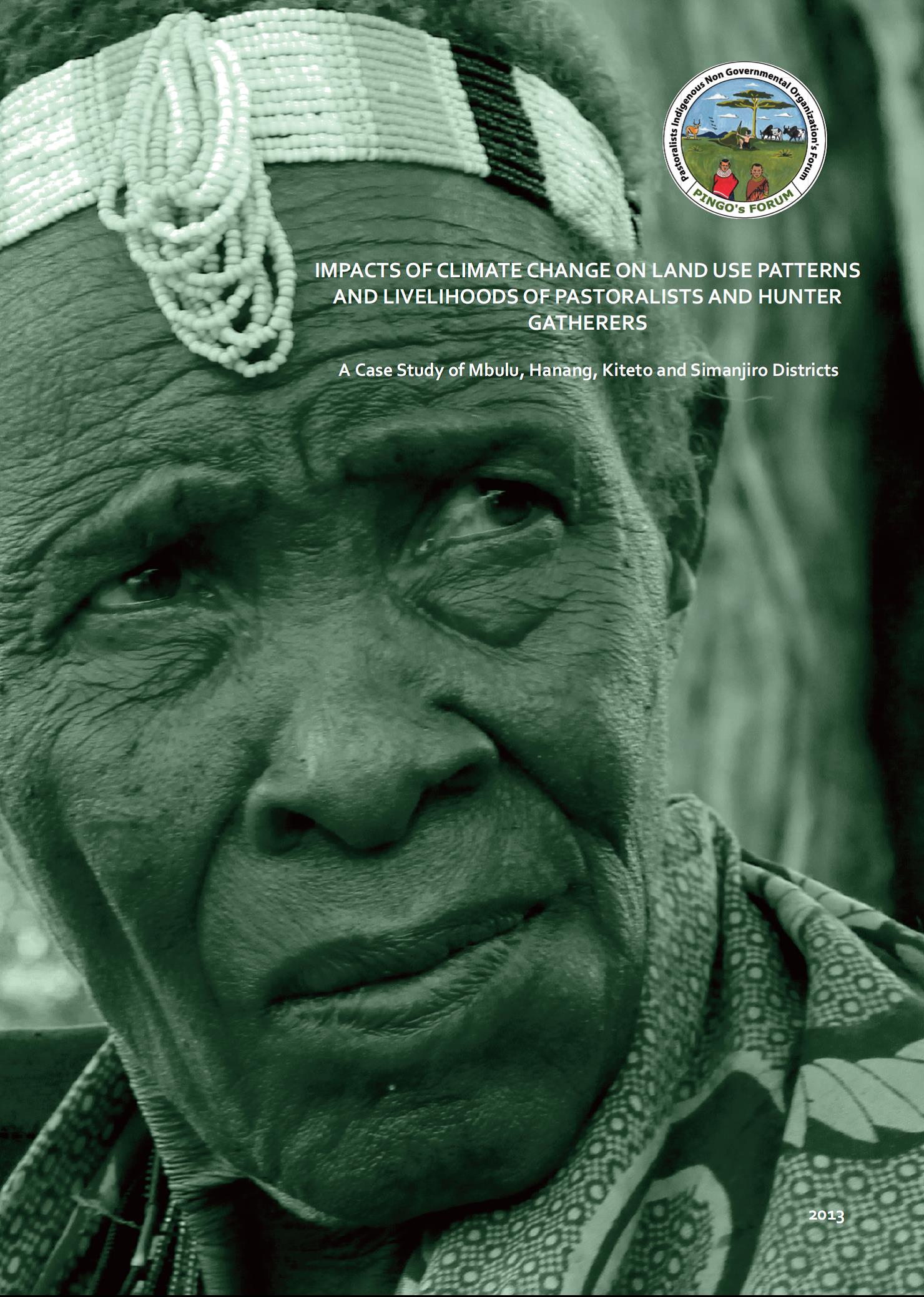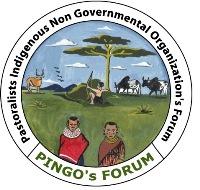Resource information
Over the years, PINGOs Forum has been concerned with the future of Pastoral and HunterGatherer communities with regard to changing patterns of traditional land use and livelihoods options. The information gathered from the past studies have risen much concern on the side of PINGOs Forum that perhaps climate change may have a serious bearing in the land use patterns and livelihoods of Pastoralists and Hunter-gatherers. As a result of this concern, PINGOs Forum decided to embark on a study to observe changes that have occurred in land use patterns in recent years.
This study focused on four districts only targeting pastoral and hunter-gatherer communities. At the district level, the study involved relevant district officials including land and planning officers. In general, the survey established that overall, climate change has contributed to increased variability in climate leading to recent changes in land use patterns and increased vulnerability of pastoralists and Hunter-Gatherers in the study areas.
The study utilized various methods for data collection and analysis. The data were of GIS and RS nature before being manipulated into figures on land use and cover. Satellite images of 1990 and 2010 were obtained and compared for land use/cover change analysis. PGIS in this study was used to get local community understanding of their village boundaries as well as land use pattern boundaries. Moreover, this spatial data were supported with indigenous data on the same obtained via focus group discussion and information from district land and planning officials via checklist interviews. Findings suggest climate change has been a significant factor and a reason for a change in P&H-G communities‟ way of life.
Furthermore, the findings indicate that most traditional land use patterns in P&H-G communities have been altered. The reasons for this alteration include increased climate variability, diversified land use practices and increased population. Populations in these communities have rapidly increased, not only by natural increase but largely by immigration of non-pastoral communities. The increased population is more engaged in agriculture which involves clearing of forest for agricultural activities.


